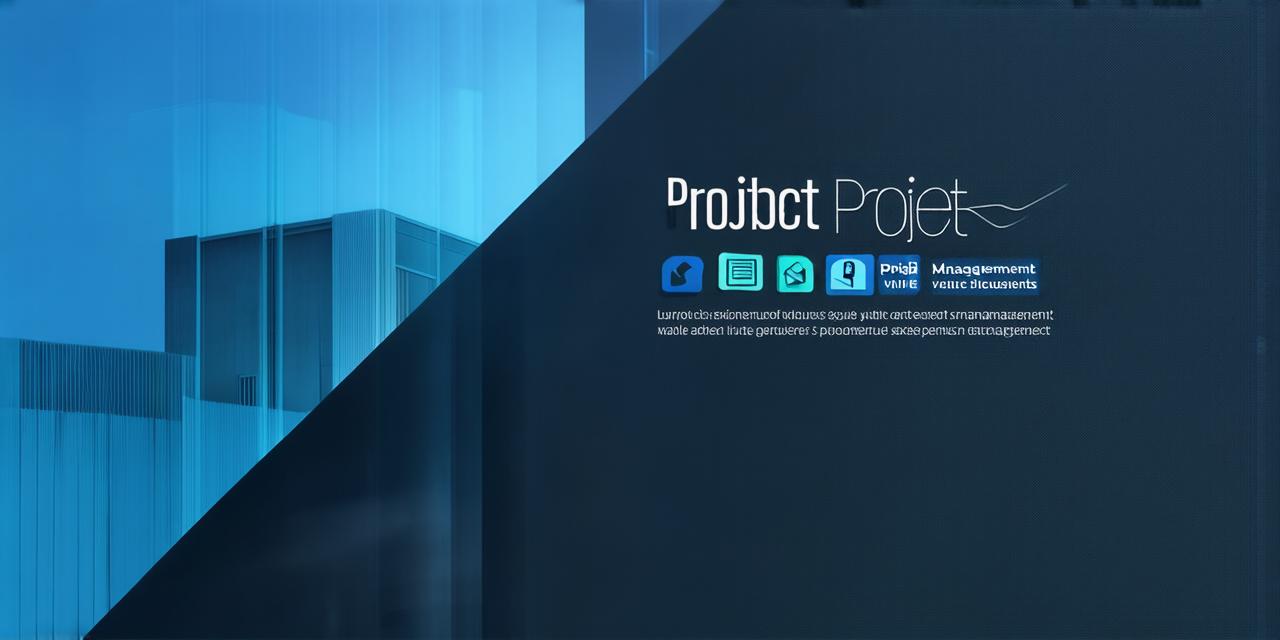Project management structures refer to the hierarchical arrangement of people, roles, and responsibilities within a project team. There are various project management structures, but three common ones are the traditional, agile, and hybrid structures.
Traditional Project Management Structure
The traditional project management structure is also known as the waterfall model. It is a linear approach to project management that follows a specific sequence of stages, from planning to execution to closure. In this structure, the project manager is responsible for defining the project scope, creating a project plan, and managing the project budget and timelines. The project team consists of specialists who are assigned specific tasks based on their skills and expertise.
Advantages of Traditional Project Management Structure
- Clear Roles and Responsibilities: Each member of the project team has a clearly defined role and responsibilities, which helps to avoid confusion and ensures that everyone knows what they need to do.
- Predictable Schedule and Costs: The traditional approach provides a predictable schedule and cost structure, which allows organizations to plan and budget more effectively.
- Comprehensive Documentation: This structure generates extensive documentation throughout the project lifecycle, which can be used for future reference.
Disadvantages of Traditional Project Management Structure
- Lack of Flexibility: The traditional approach is rigid and inflexible, which can make it difficult to respond to changes in requirements or unexpected challenges.
- Long Lead Time: The planning stage can take a long time, which can delay the start of the project.
- Limited Communication: Communication between team members and stakeholders can be limited due to the hierarchical structure.
Agile Project Management Structure
The agile project management structure is a collaborative approach that emphasizes flexibility and adaptability. It is based on iterative cycles of planning, executing, reviewing, and adjusting. In this structure, the project team works closely with the stakeholders to deliver small increments of value at regular intervals. The project manager facilitates communication and collaboration among team members and stakeholders, and provides guidance and support as needed.
Advantages of Agile Project Management Structure
- Flexibility and Adaptability: The agile approach allows for quick response to changes in requirements or unexpected challenges, which can help organizations stay ahead of the competition.
- Improved Communication: The collaborative nature of the agile approach encourages open communication between team members and stakeholders, which leads to better outcomes.
- Shorter Lead Time: The iterative cycles allow for faster delivery of value, which can lead to shorter lead times and faster project completion.
Disadvantages of Agile Project Management Structure
- Lack of Documentation: The agile approach prioritizes speed over documentation, which can make it difficult to track progress or audit past work.
- Limited Control: The lack of a detailed plan and schedule can make it difficult for organizations to manage risks or control costs.
- Requires High Level of Customer Involvement: Agile projects require high levels of customer involvement throughout the project lifecycle, which can be challenging if stakeholders are not available or willing to participate.
Hybrid Project Management Structure
The hybrid project management structure combines elements of both traditional and agile approaches. It provides a balance between predictability and flexibility, allowing organizations to plan and budget effectively while also responding quickly to changes in requirements or unexpected challenges. In this structure, the project manager creates a detailed plan and schedule, but also incorporates regular check-ins and feedback loops with the team and stakeholders to ensure that the plan is staying on track.
Advantages of Hybrid Project Management Structure
- Balanced Approach: The hybrid approach provides a balanced approach to project management, which combines the benefits of both traditional and agile approaches.
